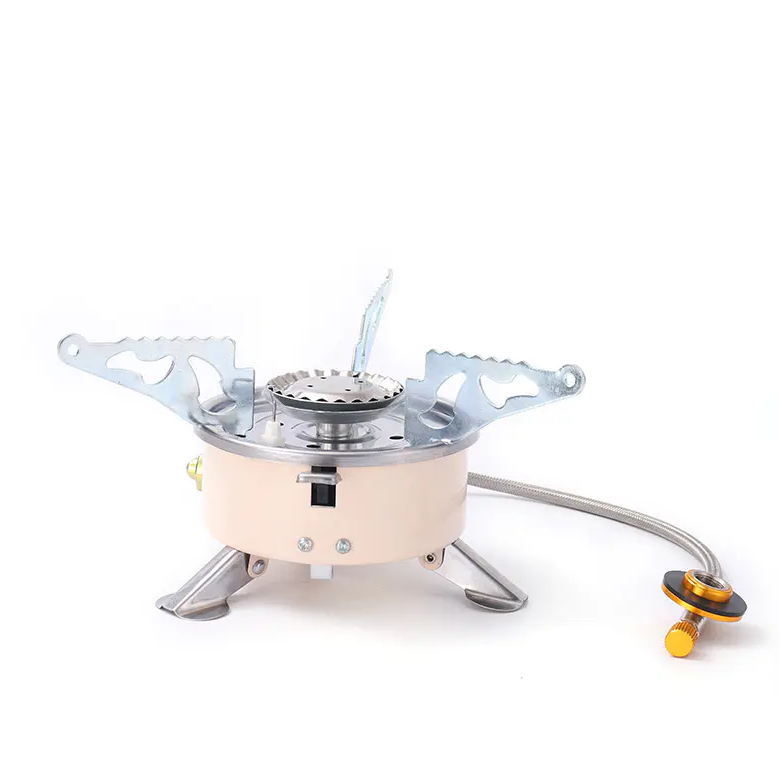Nothing kills the post-hike buzz faster than a portable camping stove that flares, smokes, or wobbles on uneven ground. In the quiet of pine-scented dusk, safety is less about rules and more about rhythm. Start by spreading your gear in a loose circle; give the stove a cleared patch wide enough for a sprawled sleeping bag. Screw the canister gently until you feel the threads bite—over-eagerness here is the mother of midnight leaks. When you light, lower your face to the side, not above, letting the first blue flame bloom like a cautious flower. Wind is the silent prankster: cup a hand, improvise a foil collar, or nestle the burner beside a log, but never inside the tent where fabric dreams turn fast to plastic memories. Once water steams, back the valve off a quarter turn; a gentle hiss is the stove’s way of saying it still has more to give. After dinner, let the metal cool while you rinse cups, then stow fuel upright, away from morning sun. Safe cooking is simply listening—to metal pings, to wind shifts, to the small voice that says dinner tastes better when no one carries the scent of singed hair home.
Categorieën
- Art
- Causes
- Crafts
- Dance
- Drinks
- Film
- Fitness
- Food
- Spellen
- Gardening
- Health
- Home
- Literature
- Music
- Networking
- Other
- Party
- Religion
- Shopping
- Sports
- Theater
- Wellness
Read More
is starlightcapitals legit
When it comes to online trading, many investors look for platforms that seem professional and...
![NEW-X~VIDEOs]*Indian Bhabhi Viral Video Tutorial Original Full HD Hot Sex XXX Videos qlm
CLICK THIS L!NKK 🔴📱👉...
From 0 to 10,000 Discord Members — The SMM Panel Method
Building a thriving Discord community from scratch is no small feat. Whether you’re a...

